Rare 14th century ceramic flask leads the Bonhams Fine Japanese & Korean Works of Art Sale
A large and rare Ko-Seto heishi (flask), Kamakura period (early 14th century), 12 1/16in (30.5cm) high. Est. $225,000-300,000. Photo: Courtesy of Bonhams.
NEW YORK, NY.- Bonhams presents Fine Japanese & Korean Works of Art on March 18, an auction that will place superb examples of classic Japanese art, Meiji era craftsmanship and a much anticipated private collection of Korean works on the auction block.
The rarest item on offer is an early 14th century large Japanese Ko-Seto heishi (flask) that is expected to fetch between $225,000 and $300,000. The stoneware vessel is decorated with impressed designs of 17-petal chrysanthemums, plum blossoms and incised with three unusually large roundels of flowers and grasses. The body was then covered in a caramel-brown ash glaze and iron-oxide rich slip. It is a superior work that was produced during the period when the kilns of Seto were at the height of their technical prowess. The massive vase standing over 30 centimeters high, is taller than most extant flasks of the period; it is almost 50% greater in volume than any other early Ko-Seto heishi in any US museum collection.
A large and rare Ko-Seto heishi (flask), Kamakura period (early 14th century), 12 1/16in (30.5cm) high. Estimate $225,000-300,000 (€200,000 - 270,000). Photo: Courtesy of Bonhams.
The stoneware body decorated with impressed designs of 17-petal chrysanthemum and plum around the shoulders and three large roundels containing incised designs of grasses and blossoms, all covered in a caramel-brown glaze of ash and iron-oxide rich slip. 12 1/16in (30.5cm) high
Provenance: Arthur Gerrish Cummer (1873-1943) and thereafter by descent
Notes: Bonhams is indebted to Japan's foremost scholar on Ko-Seto ware for writing the following essay.
The remains of the old Seto kilns are situated in northern Aichi Prefecture to the west of Mount Sanageyama (height 2064 ft), scattered throughout an upland region running from Nagoya's Moriyama district to Owari-Asahi City, northern Nagakute City and the northern edge of Toyota City (present-day Seto City is in the center of this region). Seto wares developed out of Heian-period ash-glazed ceramics produced in kilns at the southwest foot of Mount Sanageyama. After an interval of about 100 years from the end of the eleventh century when no glazed ceramics were produced anywhere in Japan, from around the end of the twelfth century the Seto kilns began to produce a new type of glazed ware and the region has been Japan's biggest producer of glazed ceramics ever since.
From the Kamakura period through the Muromachi period (12th-15th century) the Seto kilns produced small containers, sake wares, tea wares, wares for food and wares related to Buddhism. These included shijiko (vessels with four lug-handles), heishi (flasks), mizusashi ( ewers), tenmoku (tea bowls), cha-ire (tea caddies), hirawan (shallow bowls), sara(plates), hachi (bowls), bukkebyo (ritual flower vases), koro (incense burners) and other everyday wares for the military elite, the nobility and wealthy farmers, while other medieval kilns produced only unglazed wares such as jars and urns.Heishi first appeared in the Seto kilns at the end of the twelfth century. There are two types: one with a waisted lower body in meiping style and one with straight sides. For the first 100 years or so only ash-glazed pieces were produced and their decoration was limited to either impressed designs or simple incised comb designs but at the end of the thirteenth century an iron glaze was developed and decorators began to use different combinations of impressed and incised patterns. At first, these seem only to have been applied to the top half of the flask's bodies but by the middle of the fourteenth century the entire body of the vessels started to be covered with a combination of impressed and free-hand incised designs.
The vase on offer here is a fine example of an early fourteenth-century straight-sided iron-glazed flask with impressed and incised floral designs. It was formed by heaping up coils of clay "ropes" on a circular slab base. The neck is augmented with a flanged collar below the lip and the wide shoulders give way to a tapered lower body and foot. The surface has been carefully rubbed to a smooth finish. The neck is surrounded by a pointed collar pattern which was incised into the surface when the clay was still wet, and there are three large incised roundels with grasses and plum flowers surrounded by five rows of impressed chrysanthemums and plum flowers, all on the upper half of the body. The shoulder area shows a candy-like yellow-brown iron glaze running in drips down the waist and collecting in pools of black-brown with yellow hues in charming variations. The edge of the rim shows a small chip which might have been caused by the removal of a temporary cover fixed to the mouth during firing to prevent excessive kiln ash and grit from falling into the interior. The body shows the remains of a kiln adhesion, possibly from contact with another vessel.
This is a superior work from the kilns of Seto when they were at their zenith, fired in optimal conditions and perfectly finished
The flask was originally created to hold liquids but the hole in the base, a feature shared with many excavated examples, may indicate that it was used as a cinerary urn. Standing over 30 centimeters high, it is taller than most extant flasks of the period; larger examples are found only in Japanese collections. The broad shoulders and unusually full body give it substantial form and a massive profile. It is almost 50% greater in volume than any other early Ko-Seto heishi in a US museum collection.
For recently published similar examples, see Miho Museum et. al. Chusei no yakimono Rokkogama to sono shuhen(Ceramics of Medieval Japan, The Six Old Kilns and Their World), Koka, 2010, nos. 10 and 11; Tokyo Kokuritsu Hakubutsukan (Tokyo National Museum), Nihon no toji (Japanese Ceramics), Tokyo, 1985, nos.145 and 14; and Christie's New York, April 27 1994, lot 197, from the estate of Blanchette H. Rockefeller.
The Cummer family of Cadillac Michigan made their fortune in lumber. By the 1870s they had earned their first $100,000 in milling and lumber and by the end of the century the business had expanded to include railroads, shipping and mining. They held interests in Michigan and the Virginias, and were the largest private land owners in the state of Florida, with over 450,000 acres. Arthur Gerrish Cummer, the eldest son of Wellington Wilson Cummer (1846-1909) was educated at the University of Michigan, Ann Arbor, where he met Nina May Holden (1875-1958), whom he would later marry. They were passionate collectors of art and together built a large Tudor Revival house with magnificent gardens. At her death Nina May Holden gifted the home, gardens and the bulk of the art collection to start the Cummer Museum in Jacksonville, Florida.
Hot on the heels of the September auction of Fine Japanese Works of Art that broke the world auction record for a work by Yabu Meizan (1853-1934), a fine Satsuma vase that fetched $93,750, this auction will present another fine selection of Satsuma ceramics. Most notable is a large vase decorated with scenes of late Biwa by Yabu Meizan (est. $30,000 – 40,000).
A large and fine Satsuma vase. By Yabu Meizan, Meiji era (late 19th century). Estimate $30,000 - 40,000 (€27,000 - 35,000). Photo: Courtesy of Bonhams.
Decorated on a clear crackled glaze in polychrome enamels and gilt with a continuous scene of Lake Biwa including figures gathered around blossoming cherry trees at a shrine and boats along a rocky coastline, a mountainous landscape in the distance, all above a band of floral lozenges, the shoulder painted with a lappet border of alternating panels containing peonies and chrysanthemums, the elongated neck delicately painted with trailing wisteria in pink, blue and purple, the top edge with a key-fret border, the top rim and the foot rim decorated with a floral vine pattern, signed in gilt on the underside Yabu Meizan; 8 5/8in (21.8cm) high
The Japanese section is rounded out by a strong selection of paintings including an early 17th century six-panel folding screen (est. $20,000 – 30,000). Decorated a rustic fence around which delicate wisteria blossoms entwine, a favored and recognizable motif that instantly resonates with the Japanese aesthetic.
A six-panel folding screen, ink, color and gold on paper; of a rustic fence entwined by white flowering wisteria vines; 59 3/4 x 146in (151.8 x 370.8cm)
Provenance: Purchased Marshall Fields, Chicago, 1976.
For Momoyama/early Edo period screens of wisteria supported on a fence or trellis, please see Nihon byōbue shūsei: dai 7-kan, kachōga: shiki sōka (Compendium of Japanese Screen Painting: vol. 7, Bird-and Flower Painting: Seasonal Flowers and Grasses), Tokyo, 1980, pp. 26-29, 111 and pls. 9 and 10.
This bold depiction of blossoming wisteria on a trellis is evocative of late spring and early summer when this hardy plant is most vibrant. As early as the Heian period (794-1185) aristocrats enjoyed wisteria viewing parties, popularized in part by the empress Fujiwara no Shoshi (988-1074), daughter of Fujiwara no Michinaga (966-1028) who earned the nickname Fujitsubo because of the wisteria (fuji) she cultivated in the inner gardens of her mansion.
The sale marks Bonhams’ re-focusing on offering fine Korean works of art in their Madison Avenue galleries. The offering features 17 works from a private Japanese collection. Highlights include a fine 18th century blue and white jar with a chrysanthemum, orchid and bamboo design (est. $40,000 – 60,000), and a 12th century celadon glazed “bamboo” ewer and cover ($50,000 – 70,000).
A blue and white jar with chrysanthemum, orchid and bamboo decoration, Joseon dynasty, late 18th century. Estimate $40,000 - 60,000 (€35,000 - 53,000). Photo: Courtesy of Bonhams.
Thickly potted with a slightly flared neck and body of inverted pear form also flaring slightly toward the foot with its deeply recessed base, the rounded shoulder encircled by a band of overlapping cloud scrolls or bullocho fungus above chrysanthemum branches and spiky orchid plants in bloom around a stylized garden rock on one side and a hearty bamboo stalk with delicately delineated leafy twigs on the other, the pale blue-green glaze covering all surfaces except the pad of the foot, which has some kiln sand adhering; 11 1/8in (28.3cm) high
Notes: For a jar of similar form, size and decoration of a bullocho band above chrysanthemums, orchids and a garden rock in the Horim Museum, see Joseon baekja myeongpum-jeon (Masterpieces of Choson White Porcelain), Seoul, 2003, cat. no. 243, p. 235 (30.6cm high, as 18th century). From the same publication, see also a slightly smaller jar combining the chrysanthemums, rock and orchids with bamboo, also with a bullocho band along the rim, cat. no. 51, p. 66 (25.5cm high, also as 18th century).
The contrast between the supple leafy twigs and a thick upright stalk in the bamboo painted on this jar recalls similar compositions by Joseon scholar painters. See, for example, the eight-panel screen with bamboo paintings by Yu Deok-Jang (1675-1756), published by Kumja Paik Kim in The Art of Korea: Highlights from the Collection of San Francisco's Asian Art Museum, 2006, cat. no. 62, leaf 2, p. 187.
A blue and white jar of similar size and shape, but painted with birds on flowering branches set between two bands ofbullocho, sold in Sotheby's, New York, Korean Works of Art sale 7336, 13 September 1999, lot 34 (12 1/2in/31.7cm high, also as 18th century).
A celadon glazed bamboo ewer and cover, Goryeo dynasty, 12th century. Estimate $50,000 - 70,000 (€44,000 - 62,000). Photo: Courtesy of Bonhams.
The pear-shaped ewer formed with convex ribs imitating bamboo stalks and incised with tiny leaves sprouting at each joint, the curving spout similarly molded but the thick strap handle more smoothly finished with an indented center and topped by a clay coil loop for attachment to a similar one on the domed cover molded with slightly raised ribs; the densely crazed glaze on both sections displaying a pale gray-green hue, pooling to a richer blue-green in some crevices, but the foot pad and the edges of the slightly recessed base on the ewer, as well as the outside edge of the collar on the cover, burnt a warm cinnamon brown where the clay fabric is exposed; 9in (22.8cm) height overall
Notes: A bamboo-decorated ewer of the same shape is this lot and double gourd-shaped ewer with stand of similar design are published in Oriental Ceramics: The World's Great Collections, Vol. 2: National Museum of Korea, Seoul, Tokyo, 1982, cat. nos. 43 and 44 (each as first half, 12th century). See also the bottle of elongated pear form with similar bamboo-stalk decoration in Masterpieces of the Ho-Am Art Museum: I Antique Art, 1 Ceramics, Seoul, 1996, cat. no. 13, p. 29 (as 12th century).

/https%3A%2F%2Fprofilepics.canalblog.com%2Fprofilepics%2F1%2F0%2F100183.jpg)
/https%3A%2F%2Fstorage.canalblog.com%2F03%2F02%2F119589%2F96711876_o.jpg)
/https%3A%2F%2Fstorage.canalblog.com%2F11%2F31%2F119589%2F94773502_o.jpg)
/https%3A%2F%2Fstorage.canalblog.com%2F20%2F83%2F119589%2F94772815_o.jpg)
/https%3A%2F%2Fstorage.canalblog.com%2F26%2F72%2F119589%2F75604929_o.jpg)
/https%3A%2F%2Fstorage.canalblog.com%2F59%2F60%2F119589%2F26458628_o.jpg)
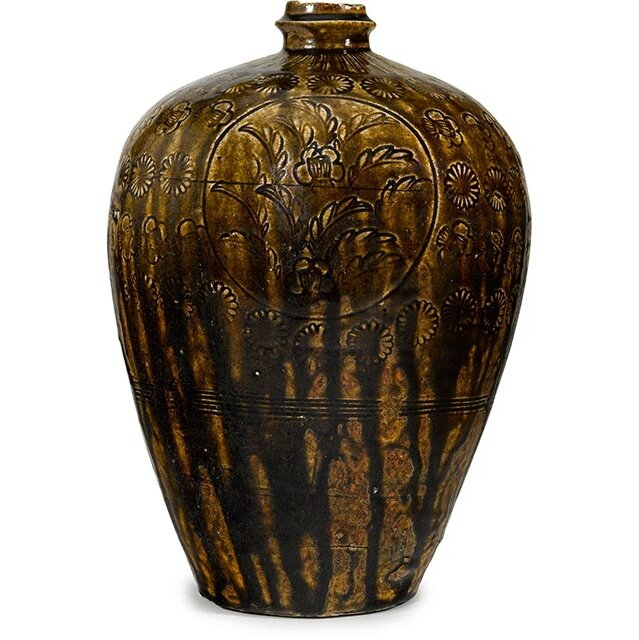
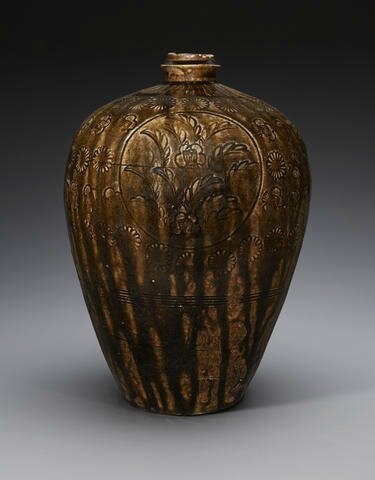
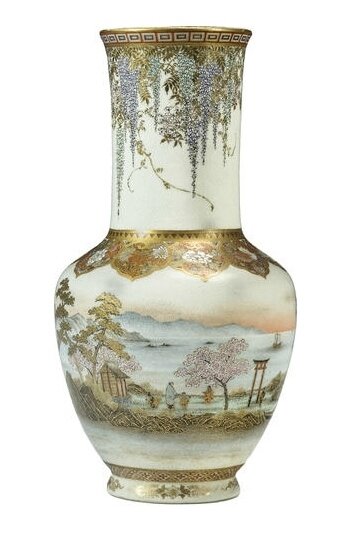
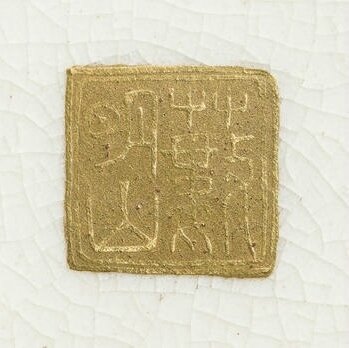
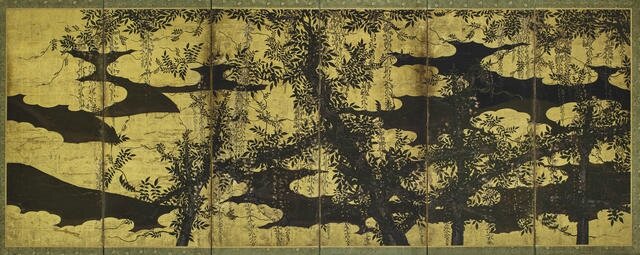
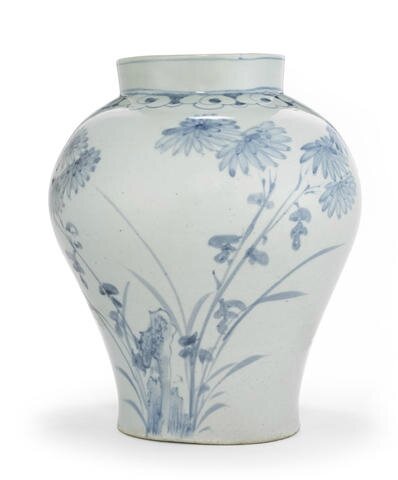
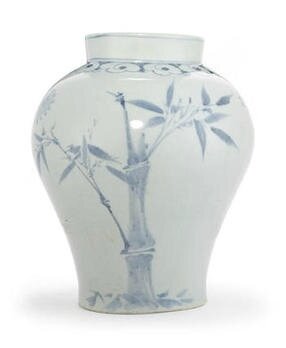
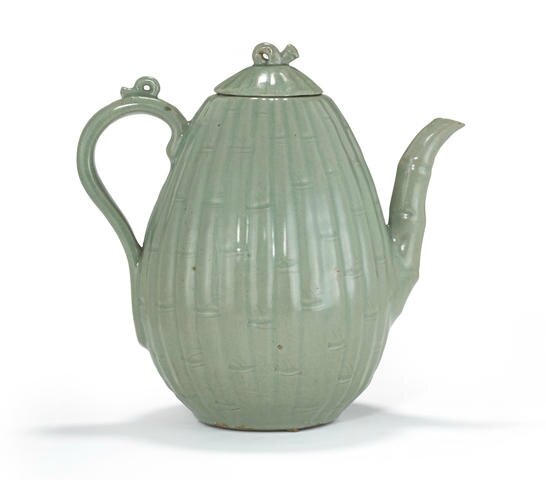


/http%3A%2F%2Fstorage.canalblog.com%2F89%2F35%2F119589%2F96212379_o.jpg)
/http%3A%2F%2Fstorage.canalblog.com%2F86%2F07%2F119589%2F73046845_o.jpeg)
/http%3A%2F%2Fstorage.canalblog.com%2F94%2F98%2F119589%2F128936844_o.jpg)
/http%3A%2F%2Fstorage.canalblog.com%2F10%2F21%2F119589%2F128720387_o.jpg)